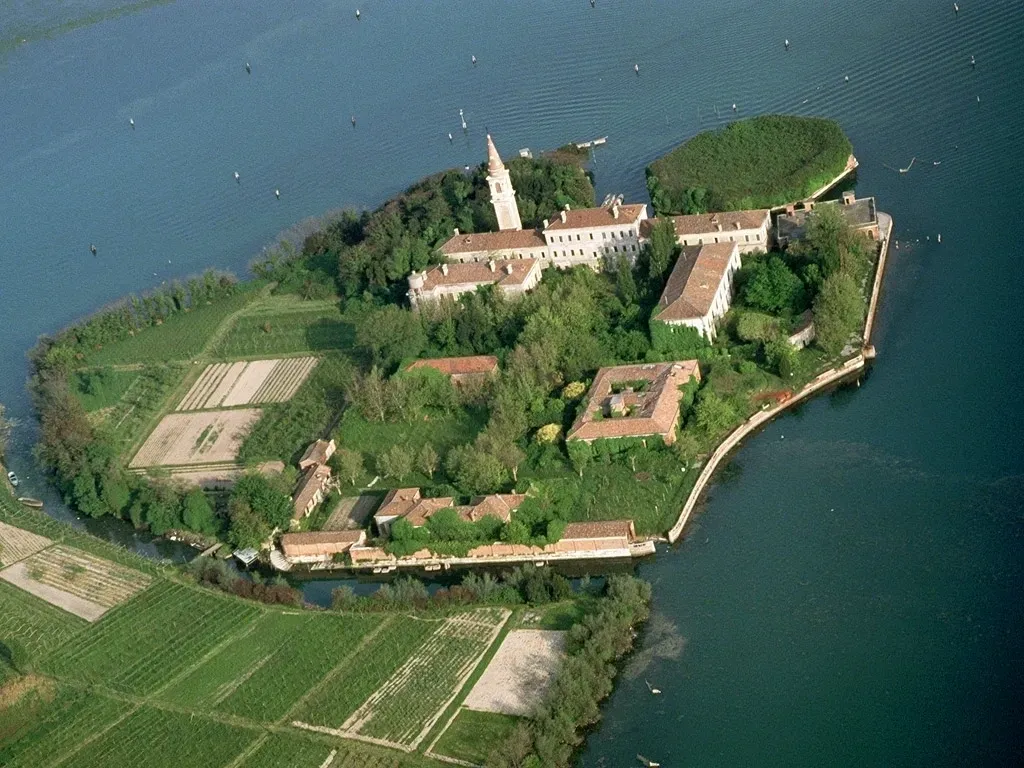Poveglia is a small island located between Venice and Lido in Italy, characterized by a canal dividing it in two. Inhabited since the year 421, the island saw its population abandon it due to war in 1379. From 1776 to 1968, Poveglia served as a quarantine station for victims of the plague as well as a mental hospital. Today, it remains uninhabited and abandoned. The island is renowned for its dark history and is frequently featured on paranormal shows. While visits to Poveglia are prohibited, some writers and photographers have managed to explore it. Believers in the supernatural often consider Poveglia to be one of the most haunted places in the world, citing its grim past and eerie atmosphere as contributing factors to its haunted reputation.


Poveglia Island’s history traces back to the year 421 when it served as a refuge for people fleeing barbarian invasions. Over time, its population expanded, and it gained significance, eventually coming under the governance of a designated leader. However, during an assault on Venice in 1379, the inhabitants of Poveglia relocated to Giudecca for safety, marking a significant event in the island’s history.

Following its abandonment by residents, Poveglia Island remained uninhabited. In 1527, the Doge of Venice offered it to monks, but they declined the offer. However, in 1776, it found a new purpose as a checkpoint for goods and people entering Venice by ship. Then, in 1793, amidst a plague outbreak, it was repurposed as a temporary confinement station. Napoleon Bonaparte later made this arrangement permanent in 1805, leading to the destruction of the island’s church and the conversion of its bell tower into a lighthouse. The island served as a quarantine station until 1814, when its role in controlling the spread of diseases came to an end.

From 1793 to 1814, Poveglia Island served as a quarantine station to control the spread of infectious diseases. In 1922, it took on a new role as a mental asylum, and later it operated as a nursing home until its closure in 1968. Following the closure of the nursing home, the island was briefly utilized for agricultural purposes before being abandoned once again.
The island is dotted with several old structures, including a cavana (a type of rural building), a church, a hospital, an asylum, a bell tower, and staff housing. The bell tower, which dates back to the 12th century, was originally part of the church of San Vitale. However, the church was demolished in 1806, and the bell tower was repurposed as a lighthouse.


The presence of a sign indicating “Reparto Psichiatria” (Psychiatric Department) suggests the existence of an asylum on the island. However, there is no evidence supporting the existence of a prison on the island.
Additionally, there is a bridge connecting the buildings on the island to another area with trees, possibly indicating a pathway or connection to other parts of the island. Furthermore, there is an octagonal fort located on a separate island, which features an earthen rampart, adding to the historical significance and architectural diversity of Poveglia Island.

The presence of plague pits on the island suggests a grim history of mass burials due to outbreaks of deadly diseases like the plague. Estimates vary, with some suggesting that over 100,000 to 160,000 people were buried there over the centuries.
Furthermore, news reports from 2014/2015 confirm the existence of dilapidated buildings on Poveglia Island, including a church, hospital, asylum, prison, and residential and office buildings. These structures stand as eerie reminders of the island’s past as a quarantine station, mental asylum, and place of isolation and suffering.

The exploration of Poveglia Island by Irish YouTuber Dara Tah in 2023 adds to the mystique surrounding the island. Tah’s overnight stay and exploration of the abandoned bell tower in search of paranormal activity garnered attention, particularly when he received cryptic words in Italian over the radio. These words, including “leave,” “incident,” and “exploded,” added an eerie atmosphere to his experience. Despite this, Tah denied encountering any ghosts during his visit.

